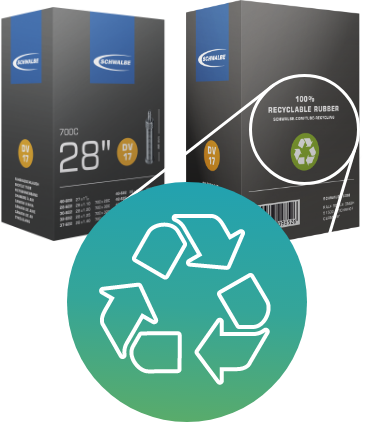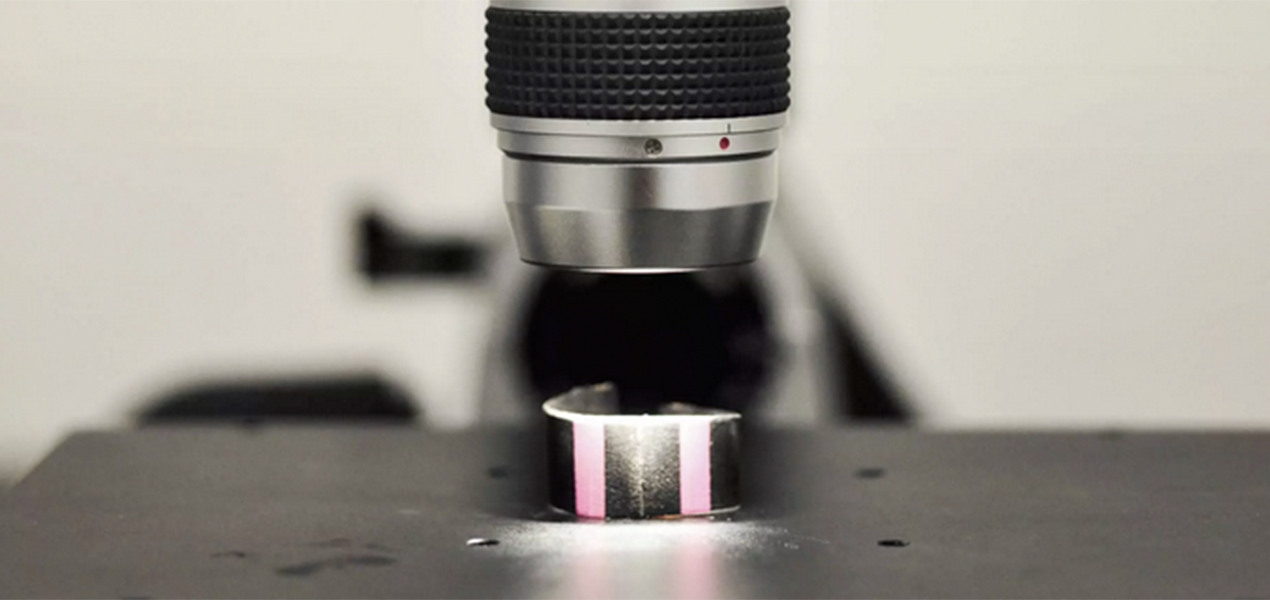WHAT IS A BICYCLE TUBE MADE OF?

WHICH SPECIAL FEATURES DOES A SCHWALBE TUBE OFFER?
Besides the quality of the ingredients, the purity of the rubber compound is decisive for the quality of the tube. Before extrusion, the basic material is forced through a total of seven filters under enormous pressure. All tubes are inserted and inflated into a mold for the vulcanization process. Only this ensures an even wall thickness and high air retention.
All tubes are inflated and stored for 24 hours to test for air retention. Afterwards, every tube is carefully checked individually by visual inspection. The Schwalbe tube has been valued by German bicycle dealers for its high reliability for many years.
A tube covers many tire sizes through its high elasticity and quality. Tube no. 17 works with tires from a width of 28 mm up to 47 mm - a great advantage for stockholding in the trade. At the same time, it is proof of the quality of the tube.
All valves are nickel-plated and threaded. The valve core is always replaceable. Also, Schwalbe tubes with a classic bicycle valve can be inspected for pressure as they have a high-pressure valve core.
Every Schwalbe tube is 100% recyclable. Without any loss of quality we can use recycled material in the production of new tubes. We have developed in our own factory a special devulcanization process and for several years, it has proved very successful. Right now every Schwalbe standard tube is made up of 20% recycled old tubes.
Taking into account all transport routes, the energy balance is positive. Just a fifth of the energy is used in comparison with the production of new butyl.
You can find more information here

ARE LATEX TUBES USEFUL?
Tubes made out of latex are more elastic than normal butyl tubes. This makes them roll a little more easily. Their greatest advantage lies in the high level of puncture protection. The highly elastic latex material is very difficult to puncture.
The disadvantage lies in poor air retention. A tire with a latex tube must be adjusted for inflation pressure before every trip. This explains why latex tubes are not well suited for everyday use..
In addition, latex tubes are very delicate and susceptible , to oil, daylight, heat and uneven expansion. The tube must also be replaced every time a tire is changed. Because these sensitivities lead to many problems in the field, we do not offer latex tubes.
Comparison of air retention
Anker
HOW IS THE VALVE LENGTH MEASURED?
Our indication of the valve stem length refers to the valve stem including the valve foot and not only to the visible part outside the hose.

COMPATIBILITY NOTICE FOR SCHWALBE TUBE
ITEM 20 "EXTRA LIGHT"
Modern tires and rims are getting wider and wider. This has a particularly positive effect on driving feel and performance. The use of wider rims leads to an increase in the tyre cross-section for technical reasons. This can lead to overstretching of the inner tubes used.
For this reason, Schwalbe inner tubes of the Item 20 "Extralight" group may only be used with rims with a maximum inner diameter of 19mm (19C). The prerequisite is the combination with the tyre dimensions approved according to the labelling (18/25-622/630).


